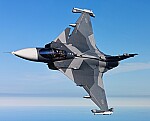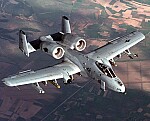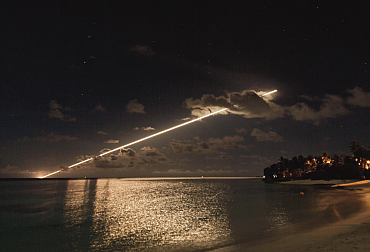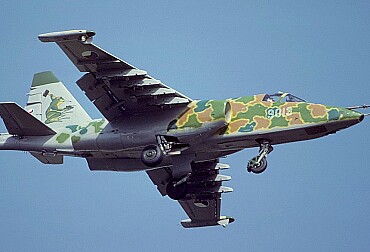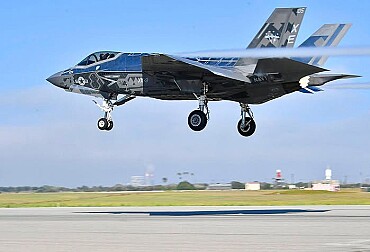The end of SW-4 Puszczyk in Poland? Airbus is trying to push through its H145M helicopters, and three Apaches have already arrived
Airbus Helicopters is stepping up its campaign in Poland to sell H145M helicopters to the Polish army. The French company is seeking to capitalise on its current success in the civil market and is promoting its military version of the twin-engine, medium-weight multi-role helicopter as a versatile partner for light attack and training missions. The H145M could thus replace the ageing Soviet helicopters and Polish SW-4 Puszczyk helicopters, which have been in service for over 20 years. Discussions about the future of the Polish helicopter fleet come at a time when our northern neighbours have welcomed the first three American-made AH-64 Apache combat helicopters – albeit only on lease – and after deciding to postpone the purchase of another 32 S-70i Black Hawk multi-purpose helicopters.
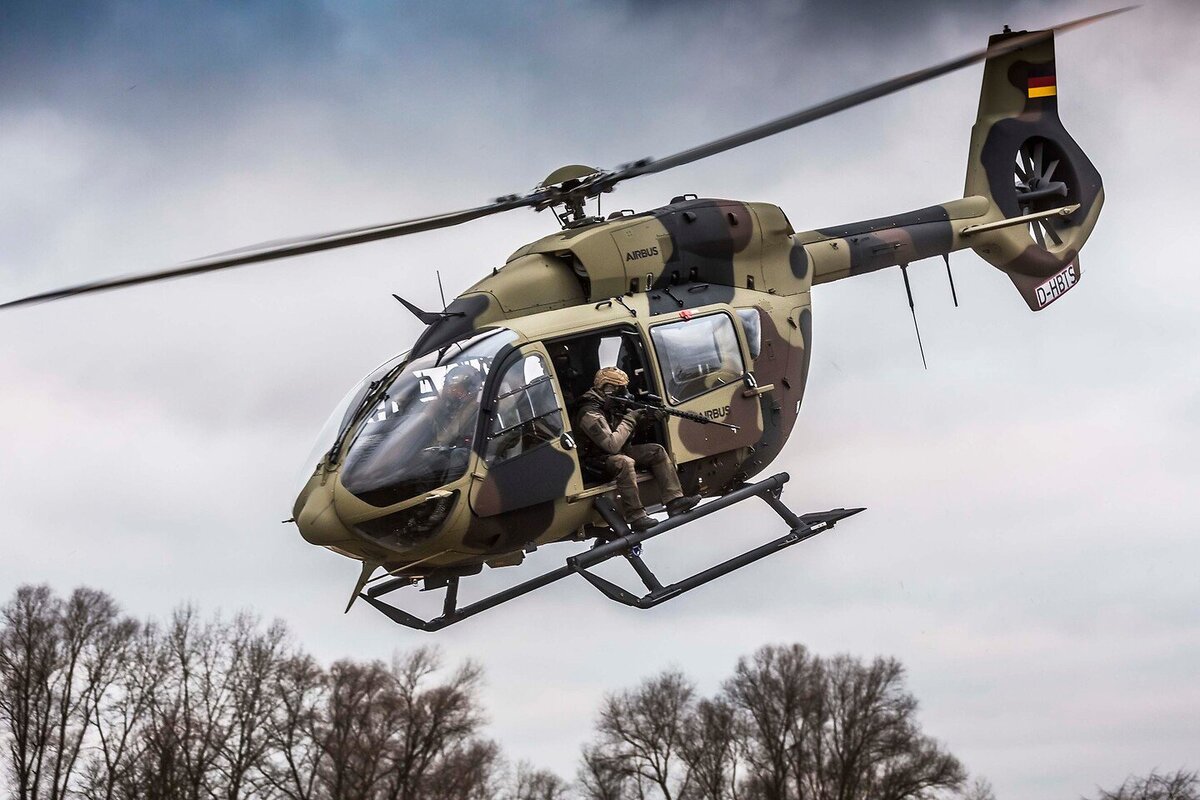
Poland is considering the future of its air force, not only in view of the current challenges on the battlefield and in direct response to Russia's ongoing aggression east of NATO and EU borders. Considerations about modernising the army are also changing the view of already confirmed acquisitions, which, among other things, gives room to aircraft and helicopter manufacturers that the Poles plan to modernise next. In addition to combat and larger multi-purpose helicopters, smaller, more agile aircraft will also need to be purchased, as French manufacturer Airbus is well aware.
"We are a key partner of Poland, but so far only in the civil and para-public sectors. We are trying to show that Airbus Helicopters is also a good partner for defence,’ said Ludovic Boistot, Vice President of Airbus Helicopters, in an interview with Defense News. ‘When it comes to cooperation, we have always been here (for Poland), even though the defence market has not yet been successful for us," Boistot continued.
We’ve signed a Memorandum of Understanding with @AirbusHeli and @CAE_Inc leveraging our unique combined expertise to offer a comprehensive package of military helicopters and associated training services to the Polish Air Force. https://t.co/bpLST3ZGGr pic.twitter.com/Evotvei6Fq
— Babcock International (@Babcockplc) May 15, 2025
Airbus is now focusing on the defence sector. It already has experience in this area, albeit not particularly positive. More than eight years ago, following a change of government, Poland cancelled its purchase of Airbus H225M transport helicopters, which led to subsequent legal wrangling over compensation. Now, the French want to take advantage of the fact that Donald Tusk's current cabinet is more inclined to cooperate with European manufacturers and have already taken the first step by signing a memorandum of partnership with Babcock and CAE for the production and possible delivery of two H145 twin-engine helicopters in the M variant for the army. The aircraft is primarily intended to serve as an advanced training platform, but according to Airbus, it is also large and manoeuvrable enough to provide multi-role combat capabilities. According to Airbus Helicopters, Poland could become the central country in Europe for the training and maintenance of the H145M. To this end, the company has trained 130 Polish engineers who are already working on key programmes.
In the first phase of Poland's modernisation, at least 24 helicopters are to be purchased for pilot training – plans for this number, without specifying a model, were announced last year by the Polish Ministry of Defence. These machines would then gradually replace the Soviet-era Mil Mi-2 army helicopters, of which there are around 60 in service with the Polish Air Force, not all of which are operational (16 of these machines were modernised by the Poles in 2018 for training purposes). The Poles also have 24 ‘Puštík’ helicopters in their arsenal, i.e. SW-4 Puszczyk light single-engine multi-purpose helicopters, which have been developed in cooperation with Italian partners since the second half of the 1990s and entered service in 2002. According to Airbus, these helicopters could also be replaced by the H145M in the future.
Chargé d’Affaires Daniel Lawton uczestniczył w uroczystości przekazania pierwszych z ośmiu śmigłowców AH-64D Apache Siłom Zbrojnym RP w ramach umowy leasingowej. To ważny moment wzmacniający współpracę Polski i USA oraz wschodnią flankę NATO. Polscy piloci i technicy są już… pic.twitter.com/0DYRlWGlEr
— US Embassy Warsaw (@USEmbassyWarsaw) June 17, 2025
In August 2024, Warsaw also ordered 96 American AH-64E Apache helicopters worth approximately $10 billion, or over CZK 211 billion. Boeing deliveries are scheduled to begin in 2028. However, pilot training for these aircraft is already underway, with the first three trained pilots returning to Poland and another five to follow under a lease agreement. Once the acquisition is complete, Poland will become the largest operator of Apaches outside the US. ‘This is not just modernisation; it is a real change in Poland's position in NATO. We are becoming a key pillar of security in the region,’ said Polish Defence Minister Wladyslaw Kosiniak-Kamysz during the handover ceremony at the 56th Air Base in Inowroclaw.
At the same time, the Polish government also announced the cancellation of the purchase of 32 additional Black Hawk helicopters in the S70i variant from the US, which had been committed to by the previous cabinet. The S-70i is virtually identical to the UH-60M Black Hawk helicopter used by the US Army, but lacks some sensitive technologies, particularly in the areas of avionics and communications. ‘We have decided to change the priorities of our helicopter programmes (...) in order to better adapt to the challenges of future warfare,’ said General Wieslaw Kukula, Chief of the General Staff of the Polish Armed Forces, according to Defence Industry Europe. It should be noted that the Polish plant PZL Mielec, which also participates in the production of F-16 fighter jets, is involved in the production of Black Hawks for export.
According to General Kukula, the Polish army will now focus on acquiring training and combat helicopters, and will then look into multi-purpose and heavy transport helicopters. The aim of modernising the helicopter fleet is to align public procurement with the strategic requirements of modern military operations.



